As global circumspection mounts surrounding Israel’s involvement in at least one of the five mysterious explosions in Iran in only the past week, Iran's nuclear campaign may have sustained serious losses.
On June 26, a fire erupted at a power plant in Shiraz and another near the Parchin military complex. Later satellite images indicate the blast actually occurred at a liquid fuel production plant near Parchin, the site of suspected nuclear testing in 2003, allegedly sparked by a gas leak.
Then, on the 30th, a hospital in Tehran exploded, incurring at least 19 casualties.
A blast was recorded at Natanz nuclear enrichment site on July 2.
July 3rd, the Shiraz power plant experienced another fire.
Another power plant in Ahwaz experienced an explosion on Saturday caused by a faulty transformer that exploded and generated a fire throughout the plant, says a spokesman for the Iranian electricity industry. Officials reported a chlorine gas leak at Karoun petrochemical plant also on Saturday that sent 70 personnel to the hospital.
"Responding to cyber-attacks is part of the country's defence might. If it is proven that our country has been targeted by a cyber-attack, we will respond," civil defence chief Gholamreza Jalali told state TV on the 2nd.
Anonymous sources in Middle East intelligence informed the New York Times that Israel detonated a powerful bomb at Natnanz, dispelling suspicion of an Israeli cyberattack.
Israel has neither confirmed nor denied culpability for the attacks. “Not every incident that transpires in Iran necessarily has something to do with us,” said Israeli Defense Minister Benny Gantz.
Recommended
An Iranian dissident group, the Homeland Cheetas, issued a tip to the BBC alleging they had instigated the attack, but the BBC says their claim could not be verified.
Saeed Aganji, an Iranian journalist, attributed the explosions to exigent foreign powers who seek to “bring Iran's economy to its knees and force the regime to stop financing militia groups and change course in the Middle East."
Iran claims to know the cause of the explosion following an investigation of the site but currently refrains from publicizing the information “for security reasons.” At first, Iran denied any significant damage to the Natanz facility and claimed that no radiation had escaped.
The Atomic Energy Organization of Iran released a photo depicting the charred remains of a centrifuge assembly workshop.
??????? ????? ?? ????? ????? ?? ??? ?? ???????? ?? ??? ????? ???? #???? pic.twitter.com/iU74tUOzkb
— ???????? ????? ???? (@Tasnimnews_Fa) July 2, 2020
Iranian officials also maintained that the explosions had not obstructed standard enrichment processes at Natanz.
Natanz is one of the primary known fuel enrichment sites in Iran with at least 60 advanced centrifuges, used for enriching uranium. A March report by the International Atomic Energy Agency found that the enrichment rate at Natanz exceeded the 3.67 percent agreed upon in the JCPOA.
But Iran claims it is not bound to the IAEA’s restrictions.
“We have started enrichment since Iran's move to scale down commitments, and currently we have no commitment both in terms of the level of and amount of enrichment, and we are now producing materials over 3.67 percent and above 300 kilograms," AEOI spokesman Behrouz Kamalvand said, according to an Iranian state news agency.
While the IAEA affirms it has had access to Natanz, Iran still refuses to grant access to two supposedly dormant nuclear sites.
Yesterday, however, a Kamalvand admitted serious damage had been done to the Natanz facility. “There were advanced equipment and precision measurement devices at this site that were either destroyed or damaged,” he said.
Iran hawks expressed continued concern to the Jerusalem Post over Iran's nuclear capabilities, claiming that the advanced centrifuge technology manufactured in the Natanz facility was a secondary problem as Iran already possesses sufficient enriched material for at least one nuclear bomb.















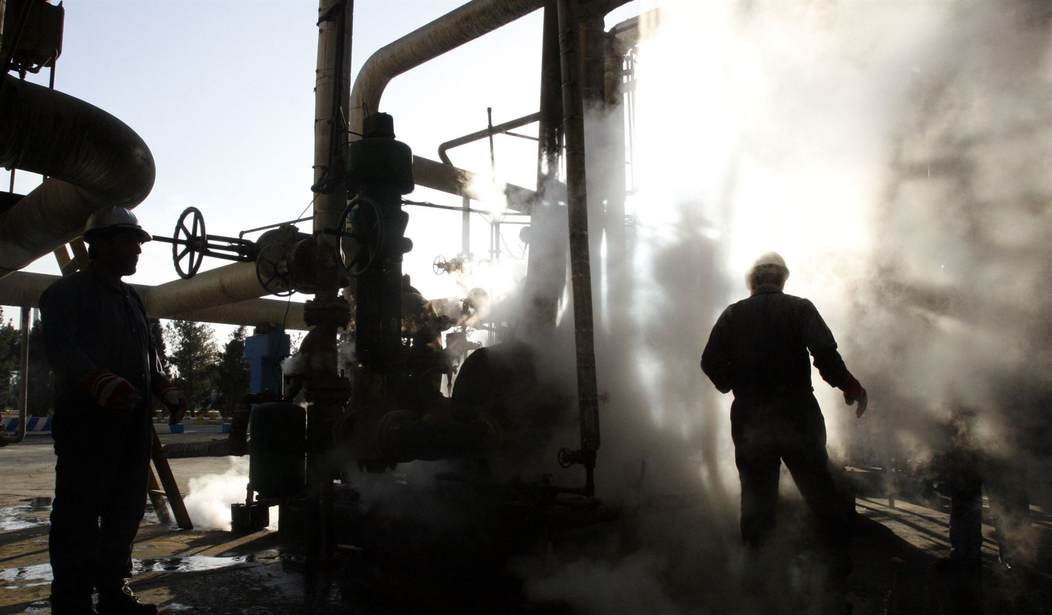
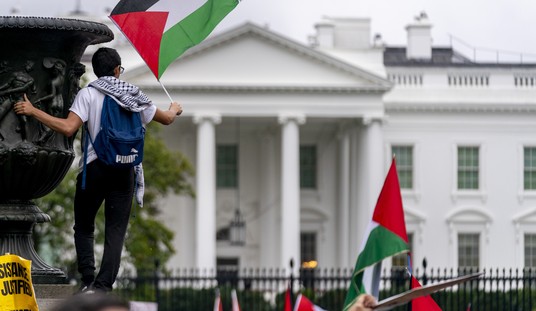


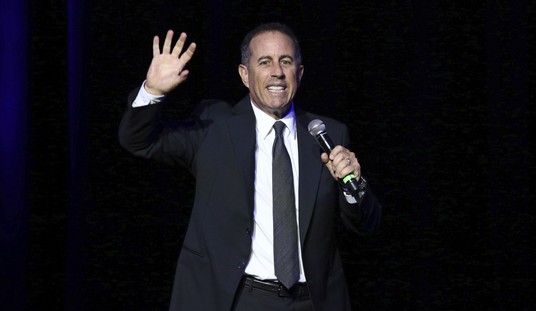
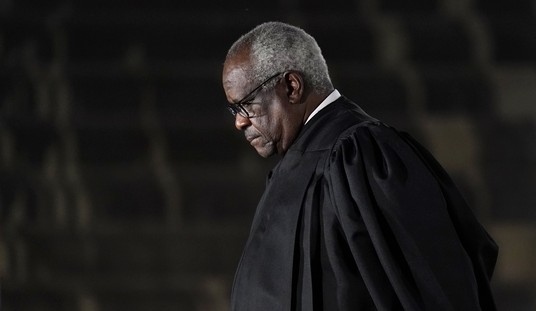

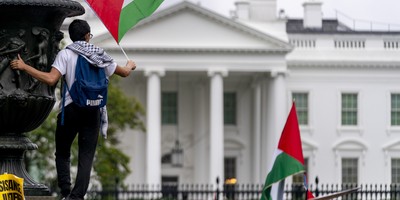
Join the conversation as a VIP Member